No products in the cart.
According to ancient history it is believed that temples did not exist during the vedic period . The earliest temple structure was found in Surkh kotal which is a place in Afghanistan during the year 1951 by a French archaeologist. The temple was dedicated to king Kanishka of 121-151 AD. Eventually the importance of idol worship started to gain importance towards the end of the Vedic period and thus the concept of temples for gods came into light.
During the ancient times community temples were made up of clay with thatched roofs made of straws and leaves. Sometimes in certain remote places and mountainous terrain cave temples existed. It was only later that temples were made out of stones and bricks. In fact the earliest structures that indicate idol worship can be traced back to 4th or the 5th century AD. There was significant growth and rise of the Hindu temples between the 6th and 16th century and a great part of it can be contributed to the various dynasties that ruled India during that period. They considered that building temples was an extremely pious act and hence kings, wealthy men were ready to put their hands down and help in the building of the temples for its growth and perform various religious activities.
15 Oldest Hindu temples of the World
Changu Narayan Temple, in Kathmandu
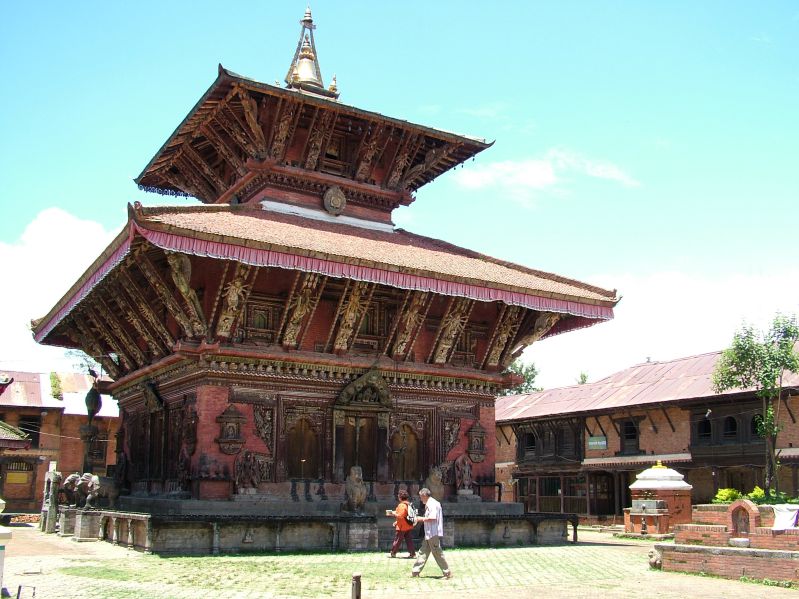
The pagoda style temple has several masterpieces of 5th and 12th century Nepalese art. According to legends Changu Narayan temple existed as early as 325 A.D. in the time of Licchavi King Hari Datta Verma and it is one of Nepal’s richest structures historically as well as artistically. In the grounds there is a stone pillar inscription of great importance recording the military exploits of King Man Deva who reigned from 496 A.D. to 524 A.D. The first epigraphic evidence of Nepalese history found in the temple premises during the reign of the Licchavi King Mandeva dating back to 464 A.D. shows that Changu had already been established as a sacred site in the 3rd century A.D. It is the earliest inscription known in Nepal. The temple was restored during the lifetime of Ganga Rani, consort of Siva Simha Malla who reigned from 1585 to 1614.
Lingaraj Mandir, Bhubaneswar
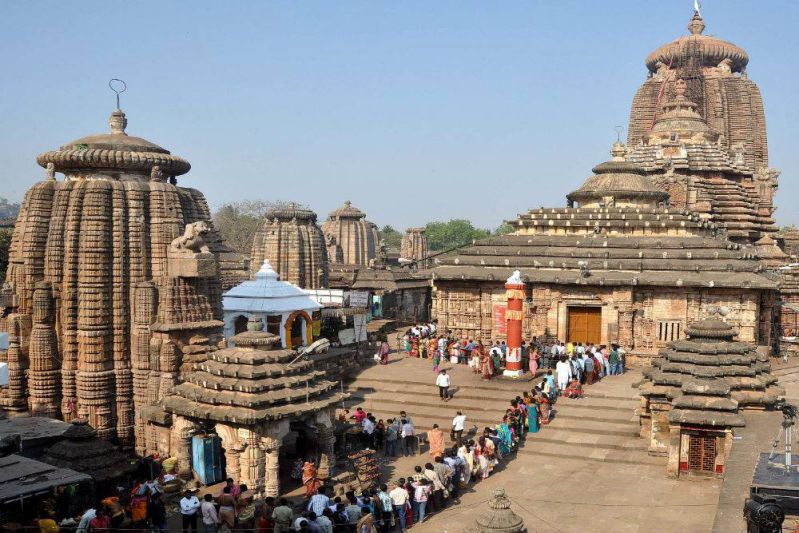
Bhubaneswar the capital of Orissa is a city of temples, several of which are important from an architectural standpoint. The Lingaraj temple – the largest of these is about a thousand years old. Bhubaneswar, Konarak and Puri constitute the Golden triangle of Orissa, visited in large numbers by pilgrims and tourists.
This 180 feet high grand temple is dedicated to Lord Shiva and is considered to be the finest example of purely Hindu style of temple architecture. The Lingaraj Temple has a jagamohana, natamandir, bhogamandapa and is surrounded by a massive 7 feet thick wall. The temple’s spacious courtyard is filled with more than 100 shrines. The sculptures in this temple date back to 1014 AD to the Somavamsis. Inscriptions from the period of the Kalinga King Anangabhima III from the 13th century are also seen in the temple.
Prambanan Temple, Indonesia
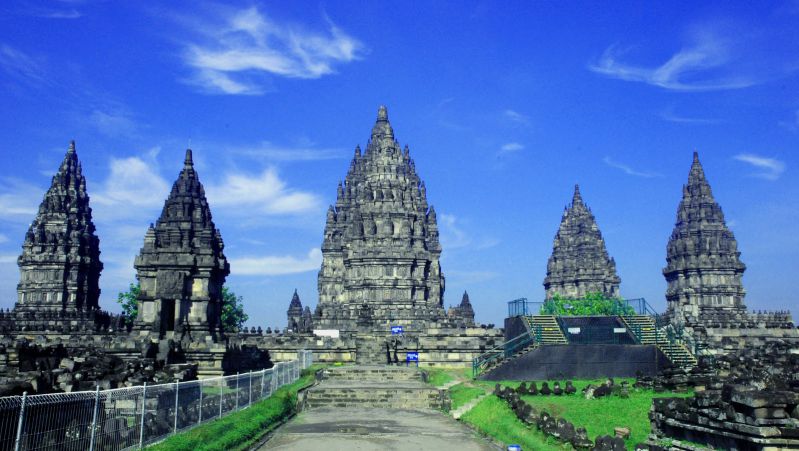
The Prambanan Temple is reputed as the biggest and most beautiful Hindu Temple in Indonesia, and is a group of Hindu temples locally known as Roro Jonggrang.
The temple complex has three concentric square
Outer square (222 x 390 meters) surrounded by a 1 meter boundary wall.
• Middle square (110 x 110 meters) surrounded by a 1 meter boundary wall.
• Center square (34 x 34 meters) surrounded by a 1 meter boundary wall.
All the three squares have gates to connect the other squares. The outer square do not have temples. Inside the middle square there are 224 Perwara temples which are arranged in 4 rows of temples. The first row consists of 68 temples, followed by the second row (60 temples), the third row (52 temples) and the fourth row (44 temples). The arrangement of temples is in such a way that shorter temples lies in the outside and getting higher toward the center. Inside the center square are sixteen small and big temples.
Mundeshwari Devi Temple, Bihar
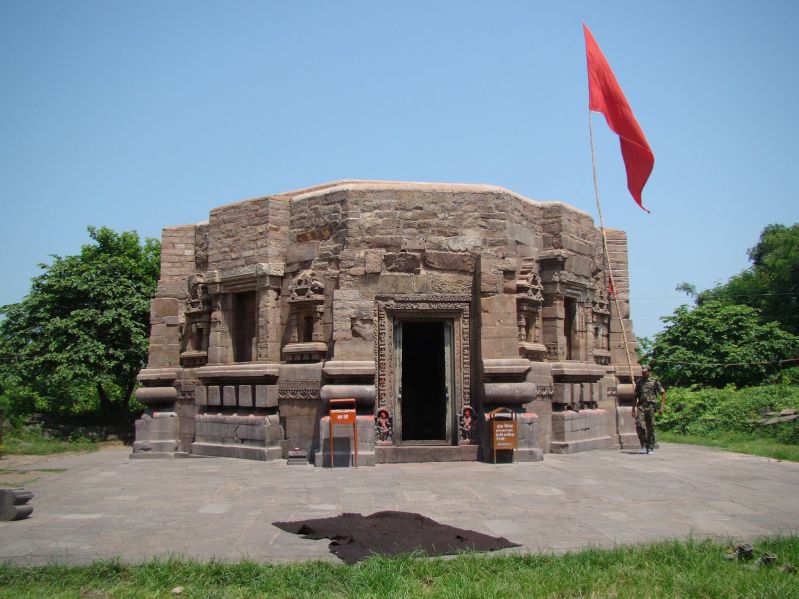
Mundeshwari Devi Temple in Bihar, India, dedicated to the worship of Lord Shiva and Shakti.
The inscription of an information plaque erected by the Archaeological Survey of India (ASI) at the site indicates the dating of the temple to 635 AD. However, there are other versions for the dating stating the Saka era, prior to Gupta dynasty rule (320 AD) in India, and specifically to 105 AD according to the Administrator of the Bihar Religious Trust Board
Brihadeeswarar Temple, Thanjavur, Tamil Nadu
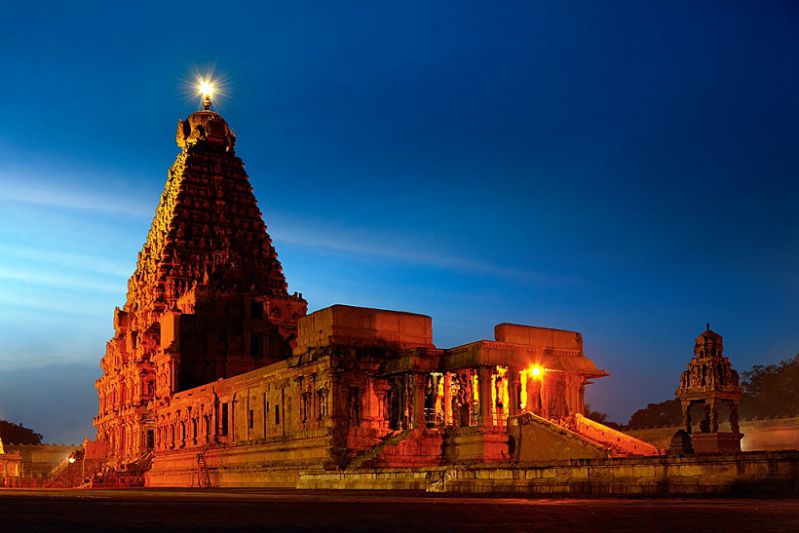
Built by King Raja raja Chola in 1002 AD, this temple was dedicated to Shiva and is the finest example of Dravidian art. The Brihadeeswarar temple combines the best in the tradition of temple building – architecture, sculpture, painting and other allied arts. It is composed of many interconnected structures such as the Nandi pavilion, a pillared portico and a large hall. Its Vimana (the roof like structure that towers above the sanctum sanctorum or main shrine) is 66 metres high.
Kailash Temple, Ellora
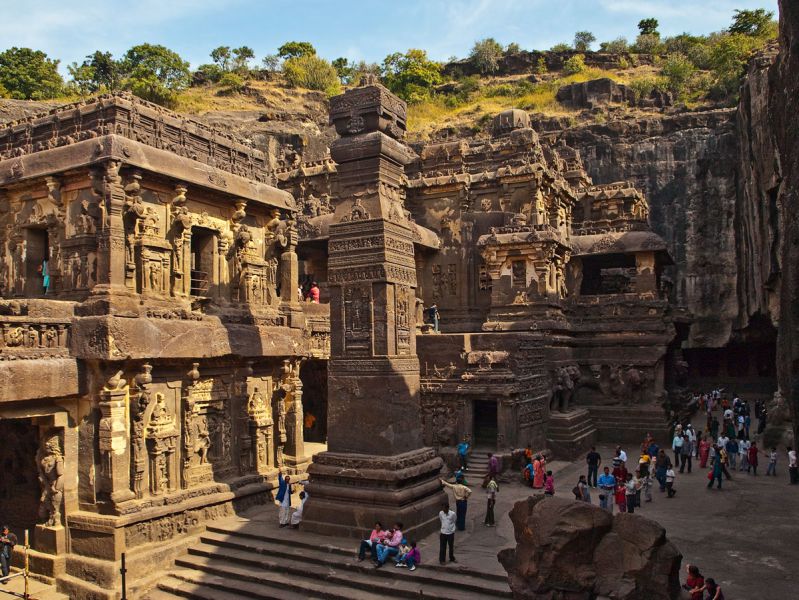
The Kailash temple in Ellora was built as a dedication to Lord Shiva, the destroyer. It is a tribute to man’s greatness, even though academia have not given it its due place in our school history syllabus. It was carved in perfect proportion and alignment to its adjacent structures, which include columns, flying bridges, stone arches, and statues and buildings – all made out of a single piece of rock.
Chennakeshava Temple, Karnataka
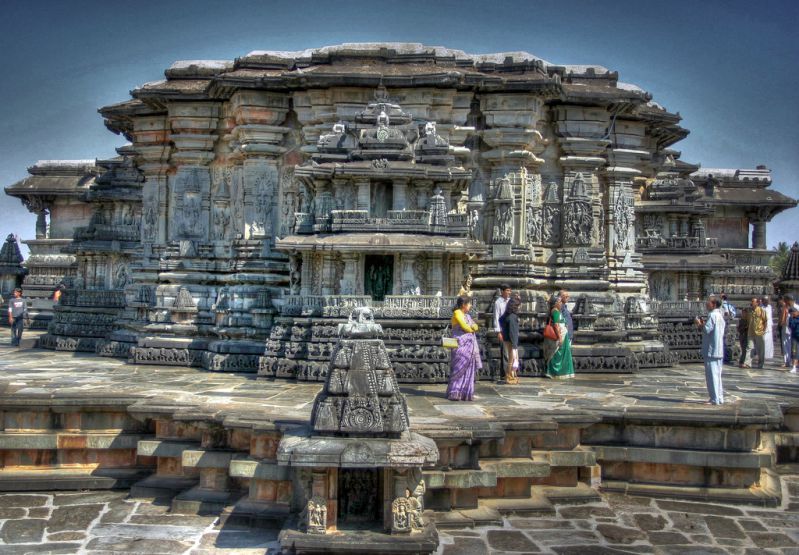
Situated on the banks of the Yagachi River, the Chennakesava temple was an early masterpiece of the Hoysala Period. It was built by the Vijaynagara ruler to commemorate their victory over the Cholas and is solely dedicated to Vishnu as most of the figural carvings depict aspects of Vishnu, particularly the incarnations and the God seated with Lakshmi
Tungnath Temple, Uttarakhand
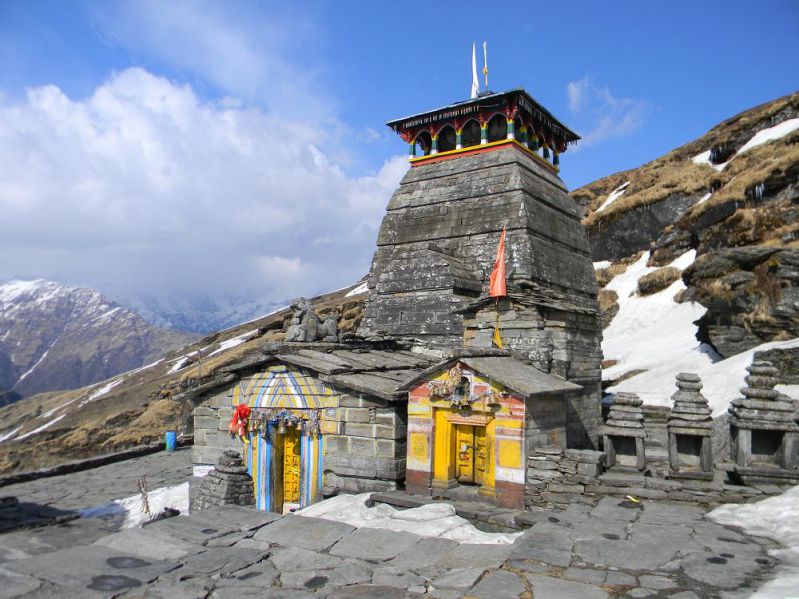
At an elevation of 3680 metres above sea level, the Tungnath Temple is the highest elevated of the Panch Kedar, the others are Madhyamaheshwar, Kedarnath, Rudranath and Kalpeshwar. The temple is connected to the Ramayana where Lord Ram meditated to release the curse of Brahmahatya for having slaughtered Ravana. The temple is quite small, and hence only 10 people are allowed in at a time.
Adi Kumbeswarar, Tamil Nadu
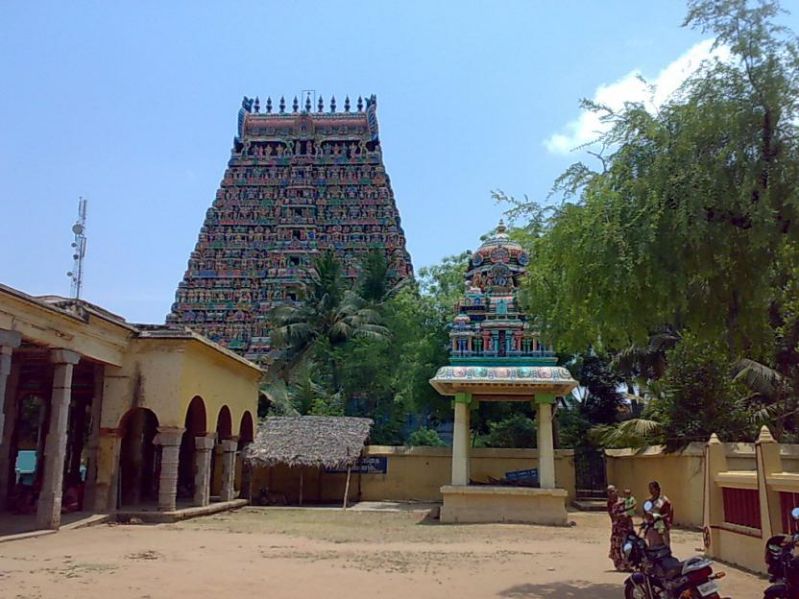
Located in the temple town of India, Kumbakonnam, the Adi Kumbeswarar temple dates back to the Vijaynagara period. Adi Kumbeswarar is the presiding deity of the temple and the shrine is located in the centre. Kumbeswarar is in the form a lingam believed to have been made by Shiva himself when he mixed the nectar of immortality and sand.
Varadaraja Perumal Temple, Tamil Nadu
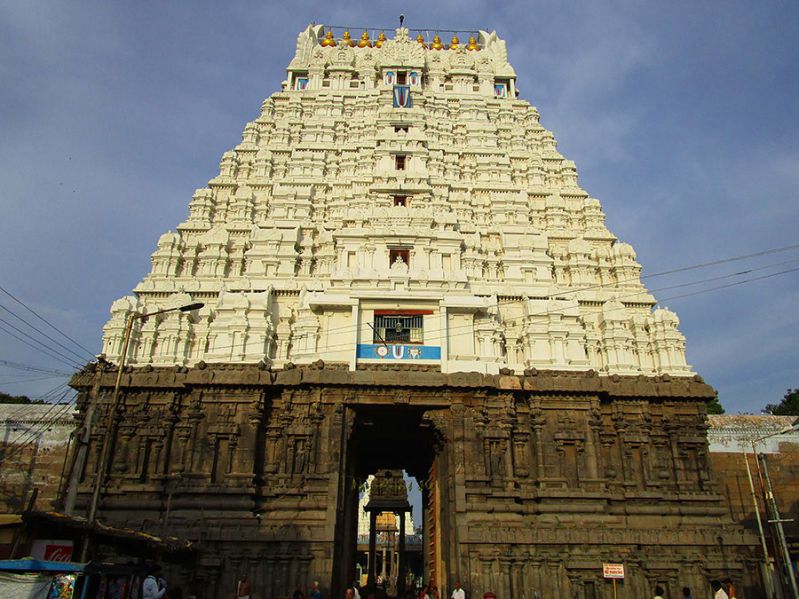
Varadaraja Perumal Temple is a Hindu temple dedicated to Lord Vishnu located in the holy city of Kanchipuram. It is one of the Divya Desams, the 108 temples of Vishnu believed to have been visited by the 12 poet saints, or Alwars. It is believed that the lizard sculptures that adorn the ceilings of the temple when touched forgive the sins of your past life.
Konark Sun Temple, Odisha
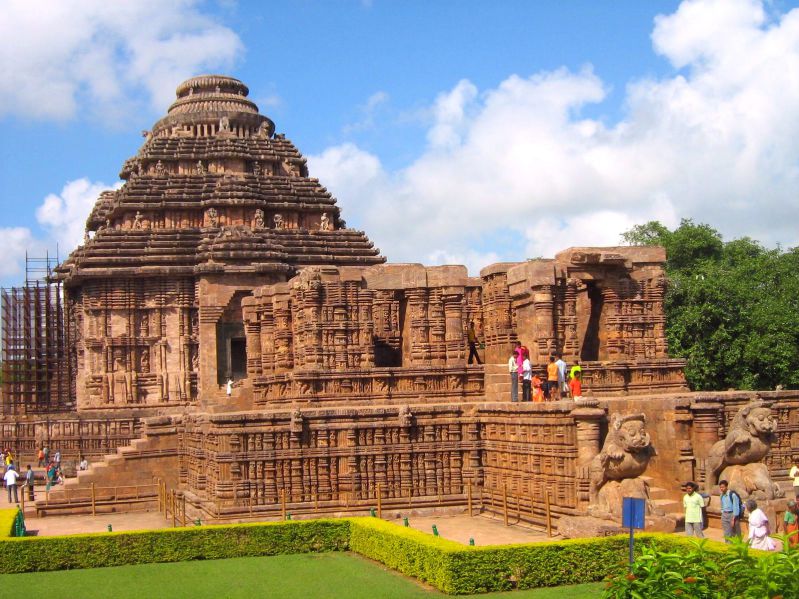
Konark is also known as Konaditya. The name Konark is derived from the words Kona – Corner and Arka – Sun; it is situated on the north eastern corner of Puri or the Chakrakshetra. Konark is also known as Arkakshetra.
As the name suggests, the temple worships Surya (the Sun God). Shaped like a giant chariot, the temple is known for the exquisite stone carvings that cover the entire structure. According to local legend, the temple has a great aura of power that comes from two very powerful magnets said to have been built into the tower – magnets that allowed the king’s throne to hover in mid-air.
The entire Sun temple is built in black granite and is also known as the Black Pagoda. The temple was built by King Narasimhadeva I who belonged to the Ganga dynasty that ruled Konark from the period of 1236 to 1264 AD. The temple has earned the pride of being one of the World Heritage Sites in the world. This is due to the unique architectural style of the temple, which is completely made out of stone and comprises fine stone carvings.
Pancharatna Temple, Bankura, West Bengal
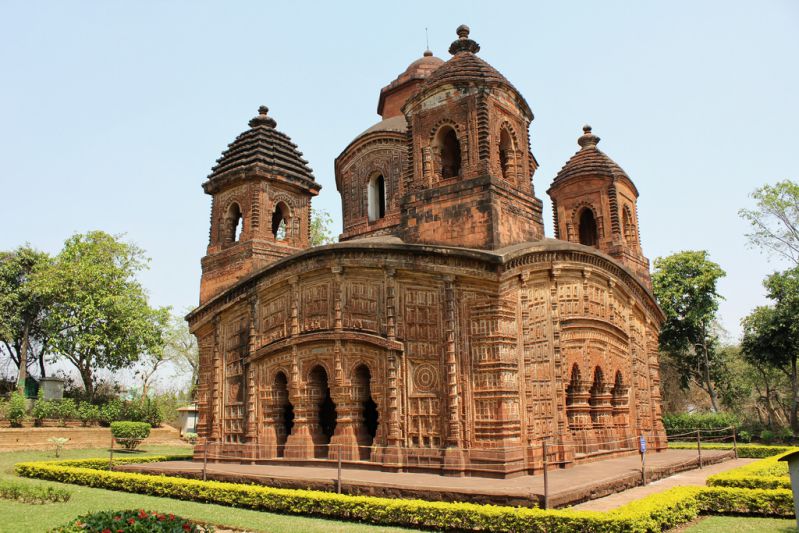
Built in 1643 by King Raghunatha Singha, this temple stands on a low square plinth and consists of an ambulatory pathway with a porch opened by three arches on the four sides of the temple. The walls are richly decorated with terracotta carvings featuring aspects of Lord Krishna’s life.
Badami Cave Temples, Karnataka
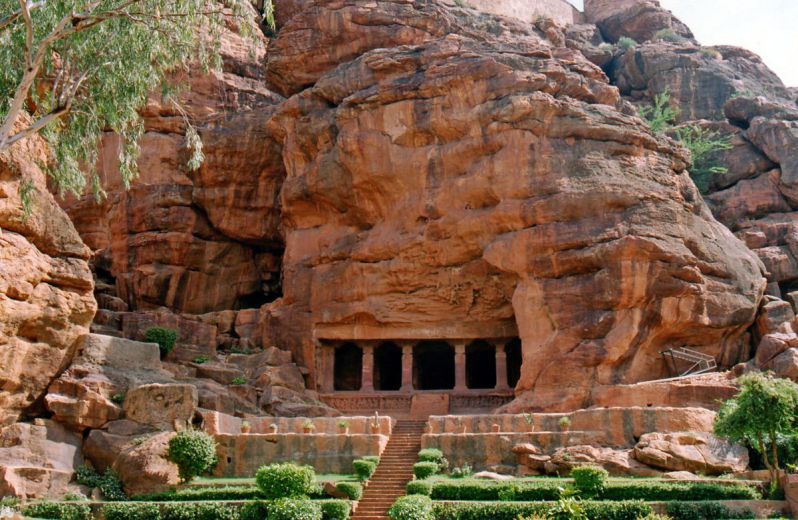
The Badami cave temples are a complex of temples located at Badami, a town in the Bagalkot District in the northern part of Karnataka, India. They are considered an example of Indian rock-cut architecture, especially Badami Chalukya Architecture.
Vittala Temple, Hampi, Karnataka
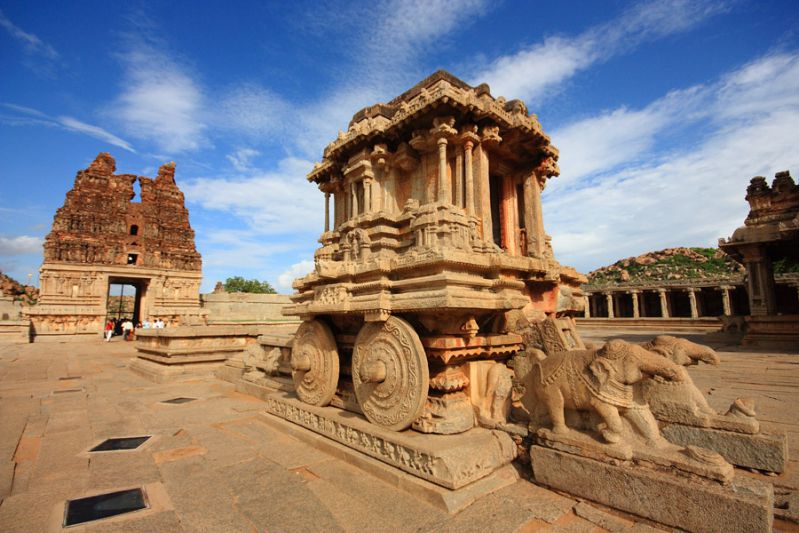
Perhaps one of the most popular of all the temples in the Hampi complex, this houses the famous musical pillars that have amazing acoustics. The British wanted to find out the reason behind this, and so they cut two pillars to check if there was anything inside that was producing the sound. They found nothing but hollow pillars.
The road leading to the temple was once a market where horses were traded. Even today we can see the ruins of the market on both the sides of the road. The temple contains images of foreigners like Persians selling horses.
Orchha Temples, Madhya Pradesh
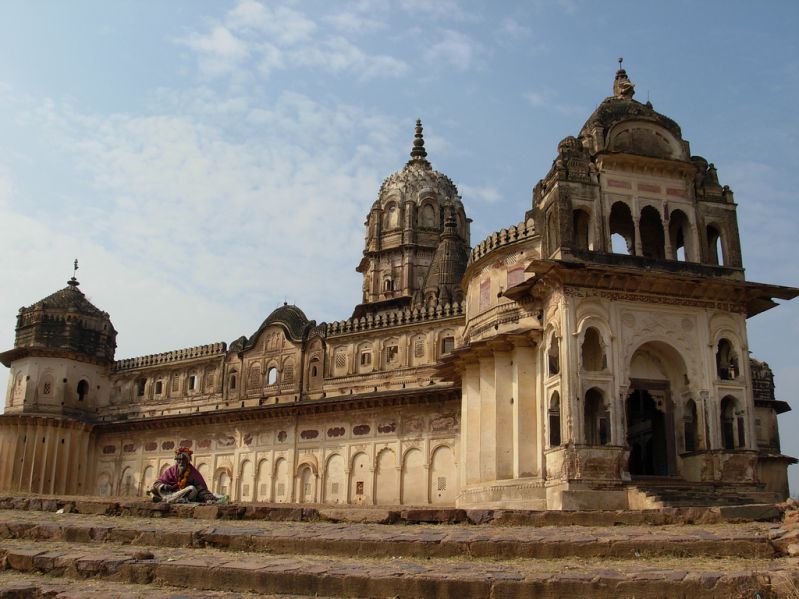
Orchha is another famous tourist spot located near the famous Khajuraho Temple. The town has Chaturbhuj Temple, Lakshmi Temple and Ram Raja Temple.
The Chaturbhuj temple is imposing with tall spires built atop a high platform. Its exterior is richly ornamented with lotus symbols. The Raja Ram Temple resembles a palace as the Ram is worshiped as a king here.
The Lakshmi Temple is an odd mixture of temple and fort and a unique mixture of concentric forms. It consists of an octagonal central tower inside a triangular temple. In line with this eccentricity, the entrance gate is set in a corner rather than the wall.






All are beautiful ancient temple in India! Amazing heritage site
Shivohamshiva temple is one of the most beautiful temple in Bangalore. must visit
http://www.shivohamshivatemple.org/
Ankor Wat vishnu temple, Cambodia
Ancient temple in India